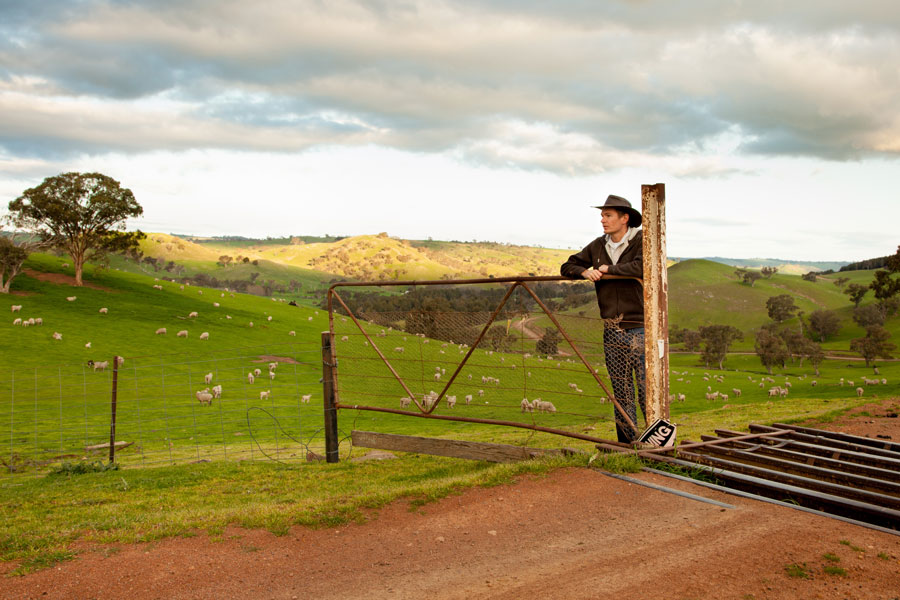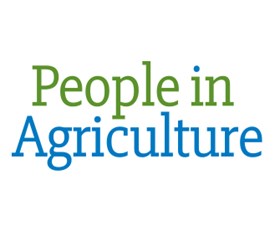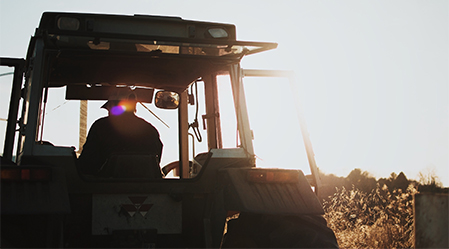Making Life Interesting through Mixed Farming
28/2/2018
Russel and Nicola Crago are farmers in Coomberdale that have soil preparation as one of their top priorities for managing the effects of rain. The Crago's have three children; Sophie age 6, Millie age 11 and Jack age 13. Together the family operate "Trewin" where they grow hay and grains and produce prime cattle and lambs.
Russel and Nicola Crago are farmers in Coomberdale that have soil preparation as one of their top priorities for managing the effects of rain. The Cragos have three children; Sophie age 6, Millie age 11 and Jack age 13. Together the family operate Trewin where they grow hay and grains and produce prime cattle and lambs."Trewin" sits on a 2630 hectare farm split into two lots. In addition to that, they have a 1418 sand block a bit west of Watheroo where they run some cattle, sheep and grow some crops during some seasons.
Ahead of the 2018 growing season, the couple sprayed for weeds targeting their melon crops. They have blue clay soils, and so they have to spread lime and gypsum regularly on a rotational program. They also have to manure from their feedlot. They don’t burn their stubbles, but instead, they incorporate them back into the soil with offset discs. They have found this beneficial for many years.
With seeding expected to start close to the end of April, alongside preparing the soil the Cragos also were focused on their livestock as well. They run a sheep program operating from 1800 to 2000 Merino Ewes. Nicola notes that they always try to buy as many lambs of any breed up to 2000 lambs plus the ones they breed themselves. They then finish them off for around 30 days, after which they sell them.
When it comes to cattle, they run approximately 450 heads at one time, and buying and selling can go between 1000 and 1200 head every year. Their cattle program is run similarly to the sheep program with a sell after 90-day plan.
The couple feeds their livestock using their hay along with grain they buy. The hay the Cragos grow goes into the feedlot and grain is what they will typically purchase. The couple will buy second grain since it is cheap and local farmers will have this readily available.
The family produces and cuts hay and straw and does contract hay work on other farms to add additional income. They plan the 2018 season will see them cropping the common wheat, barley, lupins and some amount of hay on the Watheroo block. They hope to grow Canola, but this depends on the conditions and seasons.
They love their mixed farming venture mentioning that it allows them to spread the risk.
“In a dry year when our crops are not fantastic, we can do very well with the cattle and lambs,” she said.
“When it’s dry, cattle are also cheaper, so we make better money there and when it’s a higher rainfall year the cows might not be so cheap but our crops are better, and there’s always opportunities with hay.
“On an outstanding year, we can do a fair bit of contract hay baling which is another good source of income.
“I think it’s perfect to have your fingers in many pies.”
The couple has a strong partnership which helps them to manage the stress that can sometimes be associated with mixed farming. However, the Cragos admit that the endeavour has enabled them to identify how they complement each other.





